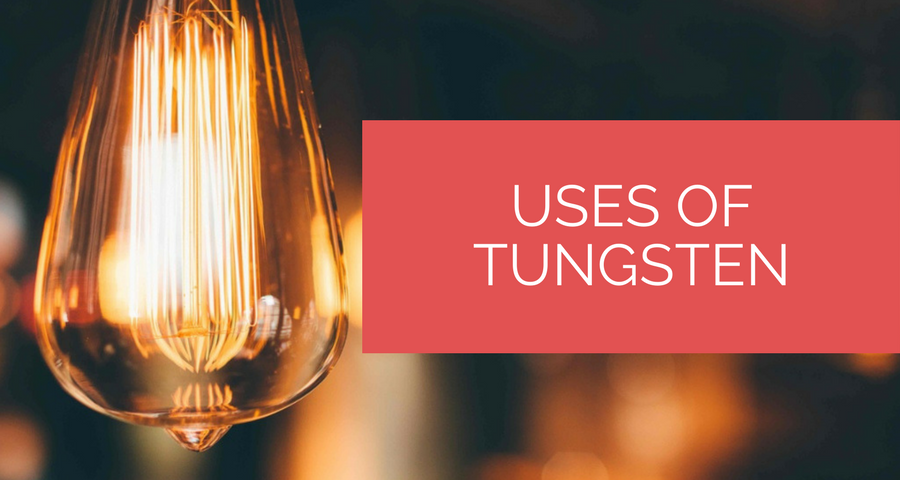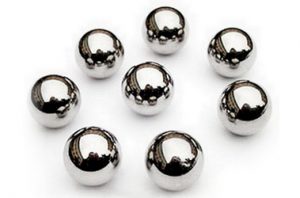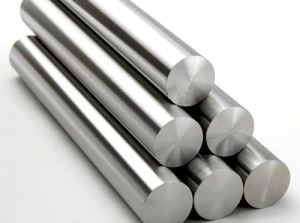
Tungsten, as we all know, is a rare metal that derives its name from “Tung Sten” in Swedish, wich is roughly translated to “Heavy stone”. The natural color of Tungsten is grayish-white but it rarely is found as a lone element. The metal is pretty stable and is very durable when it comes to it being exposed to acids and other bases. The metal itself has one of the highest melting points of all metals on the periodic table. With this perk alone, Tungsten is one of the most valuable metals that can be processed by man. Its functionality can be present in many valuable applications that can include electrical uses, manufacturing uses, construction, chemical, and of course a protective use as it’s a metal that can protect from radiation. Tungsten Heavy Alloy is often used in XRay examinations where the protection from radiation is essential.
But, you are probably wondering where can you exactly use Tungsten in your daily life, or where is it actually present. Well, we will list some examples of where the rare metal Tungsten can be present in our daily lives, and some not so common as well.
– Filament for light bulbs
One of the most well-known uses for Tungsten is its presence in the standard light bulb that everyone uses in their home. So, it’s safe to say that the largest commercial use of Tungsten is in its application in the lamp industry. Since Tungsten is capable of withstanding incredible high temperatures and has virtually none vapor pressure, Tungsten is the perfect metal for a light bulb. Especially light baulbs which won’t be turned off for several hours where they will emit lots of heat and be subjected to incredible electric voltage. Tungsten can be seen in all kinds of filaments, of which some of them are: reflector lamps, projectors, domestic lamps, vehicle lights, street light lamps, camera lights and much more light bulb products.
– Alloys
 Tungsten has a particular quality when it comes to rare metals. Namely, Tungsten has the property of making other metals stronger when they are combined with it. When you mix Tungsten with other metals, an alloy is created with special properties, which can be used in a variety of applications in almost any industry known to man.
Tungsten has a particular quality when it comes to rare metals. Namely, Tungsten has the property of making other metals stronger when they are combined with it. When you mix Tungsten with other metals, an alloy is created with special properties, which can be used in a variety of applications in almost any industry known to man.
Tungsten can be mixed with several other metals to create a high water-resistant alloy, for instance, if you mix cobalt and chromium with tungsten you will get stelites, which is a metal that is highly water resistant. Stelites can be used to create pistons, valve seats, ship building materials, and similar products. When you mix Tungsten, irmolybdenum, rhenium, tantalum with iron or cobalt you get superalloys. Superalloys have special properties that can result in very high resistances when it comes to heat tolerance, corrosion resistance, and extreme durability. Superalloys such as these can be found in use with all kinds of marine vehicles, aircraft engines, turbine blades different power supplies and much more.
– Steel and Tungsten
When you add Tungsten to steel it will increase the strength of steel tenfold. To be specific, Tunsgen increases the cutting capacity and hardness of the steel. Basically, all the tools used in construction and similar industries are mad from steel and tungsten. On the plus side tungsten also makes most of those tools highly resistant to heat and acid.
– Tungsten in laboratory use
When it comes to laboratories Tungsten is also highly present in that field. For instance, a biochemical analysis Tungsten is a reagent in the form of Sodium Tungstate. As Sodium Metatungstate, it is used as a luquidseperation tool to seperate minerals on the basis of their density.

